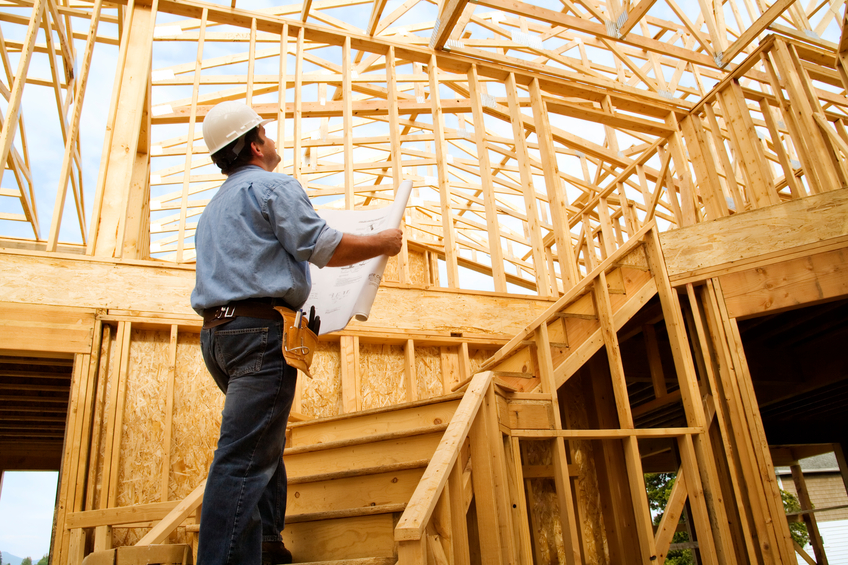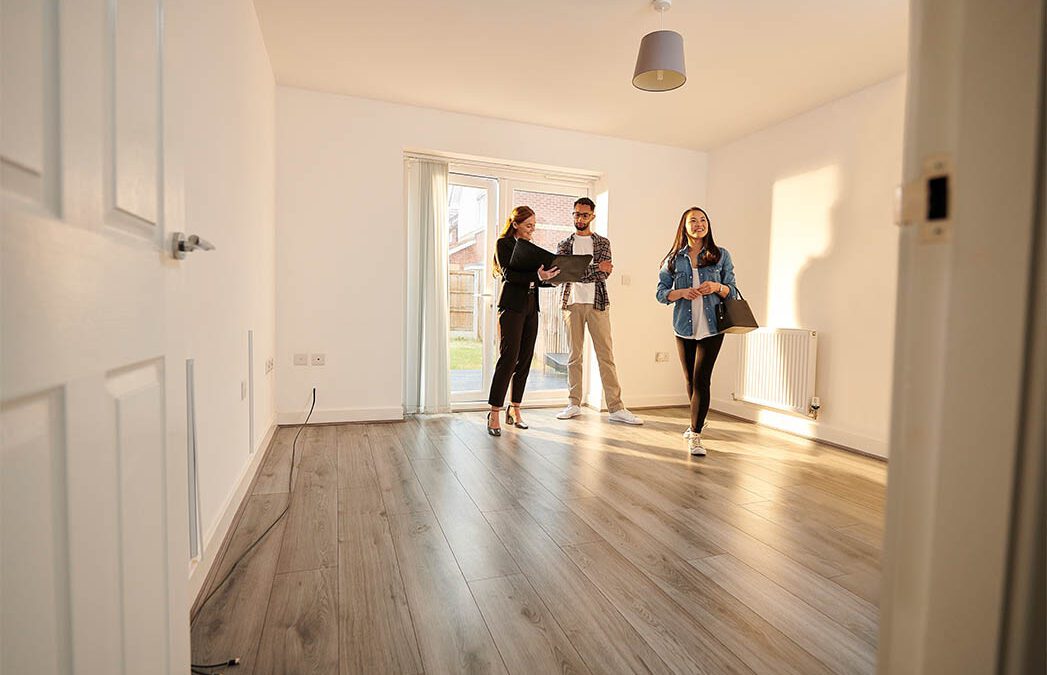New home construction has been growing slowly and unevenly across the country, partially due to increasing difficulty getting projects approved and financially viable. CNBC just did a 3-minute feature on what I consider to be the poster child for difficult approvals: Sea Summit in San Clemente, California.
We have worked in most major markets across the country and can tell you there is plenty of housing demand at lower price points. Most builders would love to build more affordable homes, yet they cannot do so and make a normal profit margin.
We surveyed more than 100 builders earlier this year and learned that federal and local agencies have added significant building costs that did not exist 15 years ago. In many instances, government added these costs to protect the environment and improve the area for existing residents. While these are noble goals, builders have to charge more for new homes—or simply not build homes in many instances.
The following chart shows where builders have been successful growing their businesses in the last year and where they have not.

Rolling up the top 33 markets in the country, we find that the number of new home communities has risen only 4 percent in the last year. At that pace, it will take until 2023 to get to 1.1 million single-family homes permitted—a number consistent with historical averages.
There are many reasons why the recovery is not stronger, but the primary reason the volume recovery is stronger in some areas than others is local government. Government attitudes toward housing tend to fall into one of the following two categories:
- Friendly and affordable. Texas and Georgia are well known for their business-friendly environments, where builders can get things done quickly to meet demand. Massive investments in freeway infrastructure in Texas the last decade have opened up huge areas of land for development, resulting in the two largest construction markets in the country. Texas has new homes near employment centers that are far cheaper than in most areas, even considering the strong price appreciation in the state the last few years.
- Unfriendly and unaffordable. Au contraire, Virginia, Illinois, Washington (except for downtown Seattle), New Jersey and California are well known for throwing hurdle after hurdle at builders. These highly desirable places to live have become extremely expensive, as new construction cannot keep up with demand.
The bottom line is that there is a huge correlation between government attitudes and new home construction and prices. We strongly believe that the large, affordable markets will grow faster than the other markets. We have been advising our clients to look at the friendly and affordable markets for volume growth and the unfriendly and unaffordable markets for price appreciation. We expect 62 percent of new households to move into the Southern states, where 42 percent of U.S. residents currently live, shifting the population further south.
John Burns is CEO of John Burns Real Estate Consulting, founded in 2001. The company provides independent research and consulting services related to the U.S. housing industry. Its team of research analysts and consultants collects data in offices across the country.
949-870-1200























0 Comments